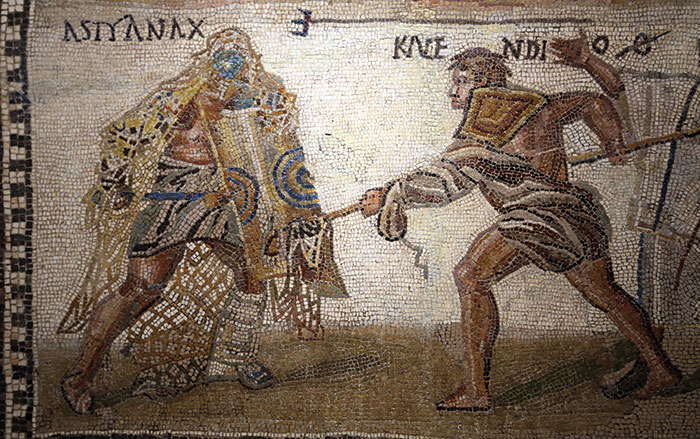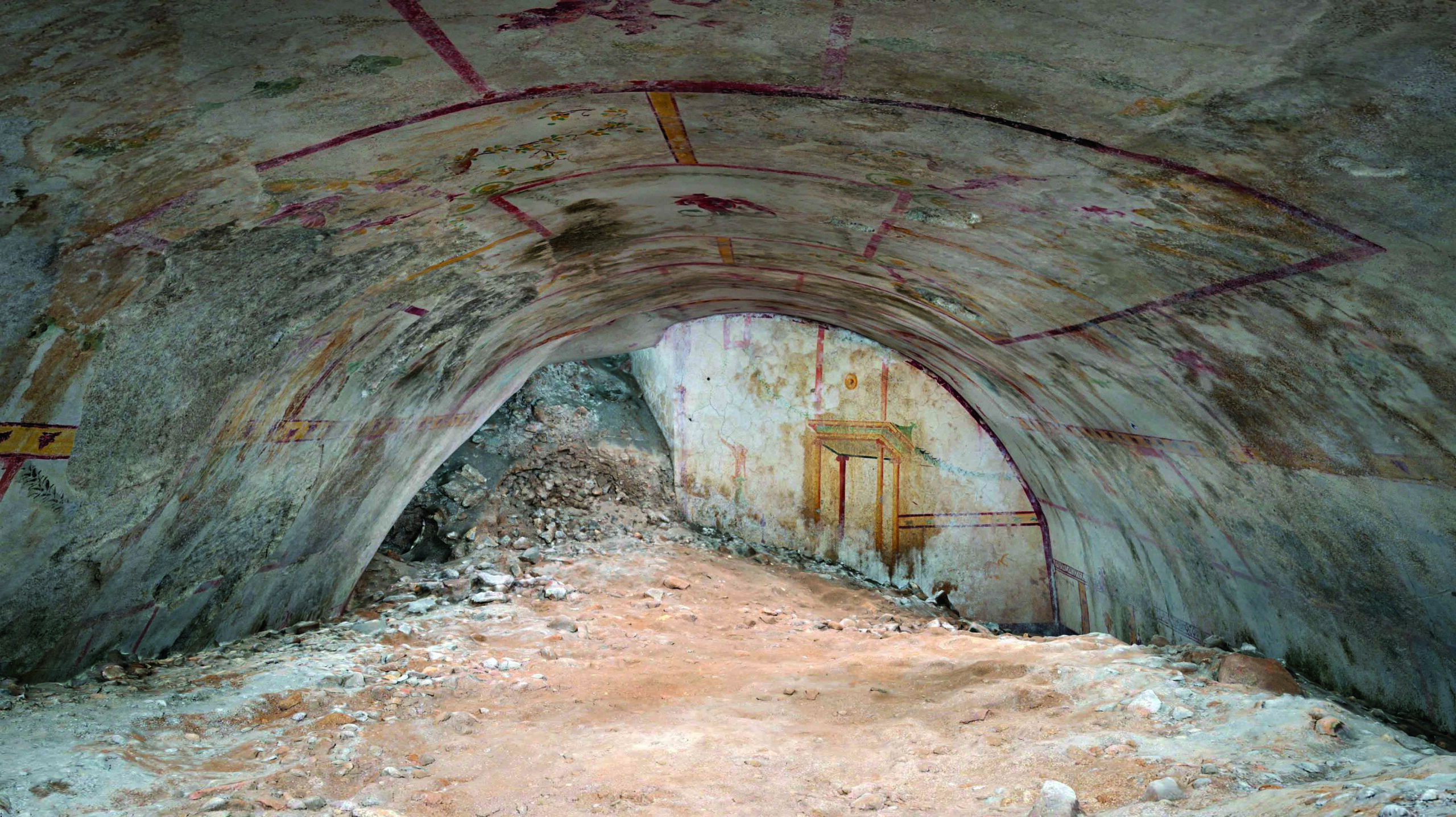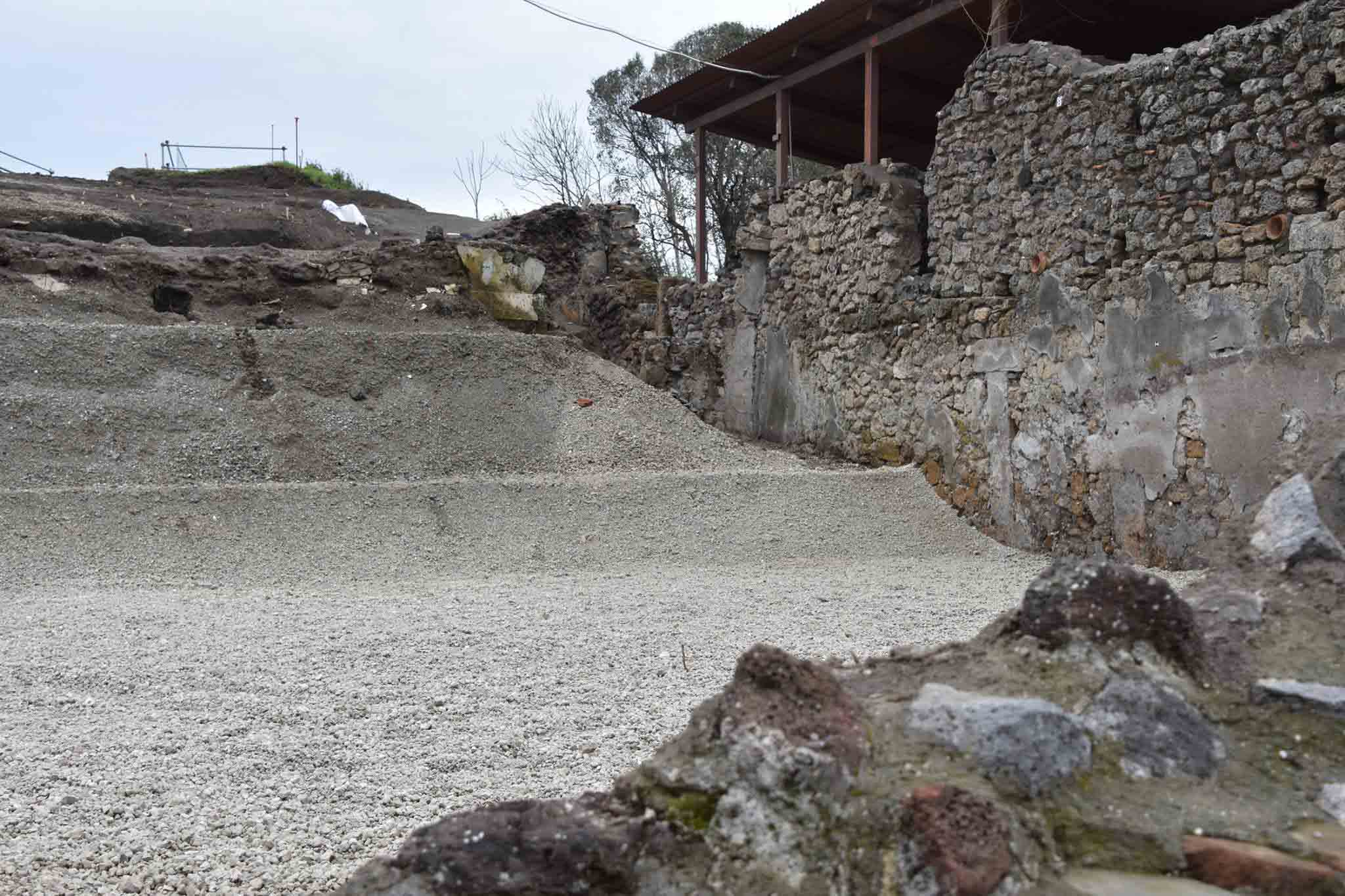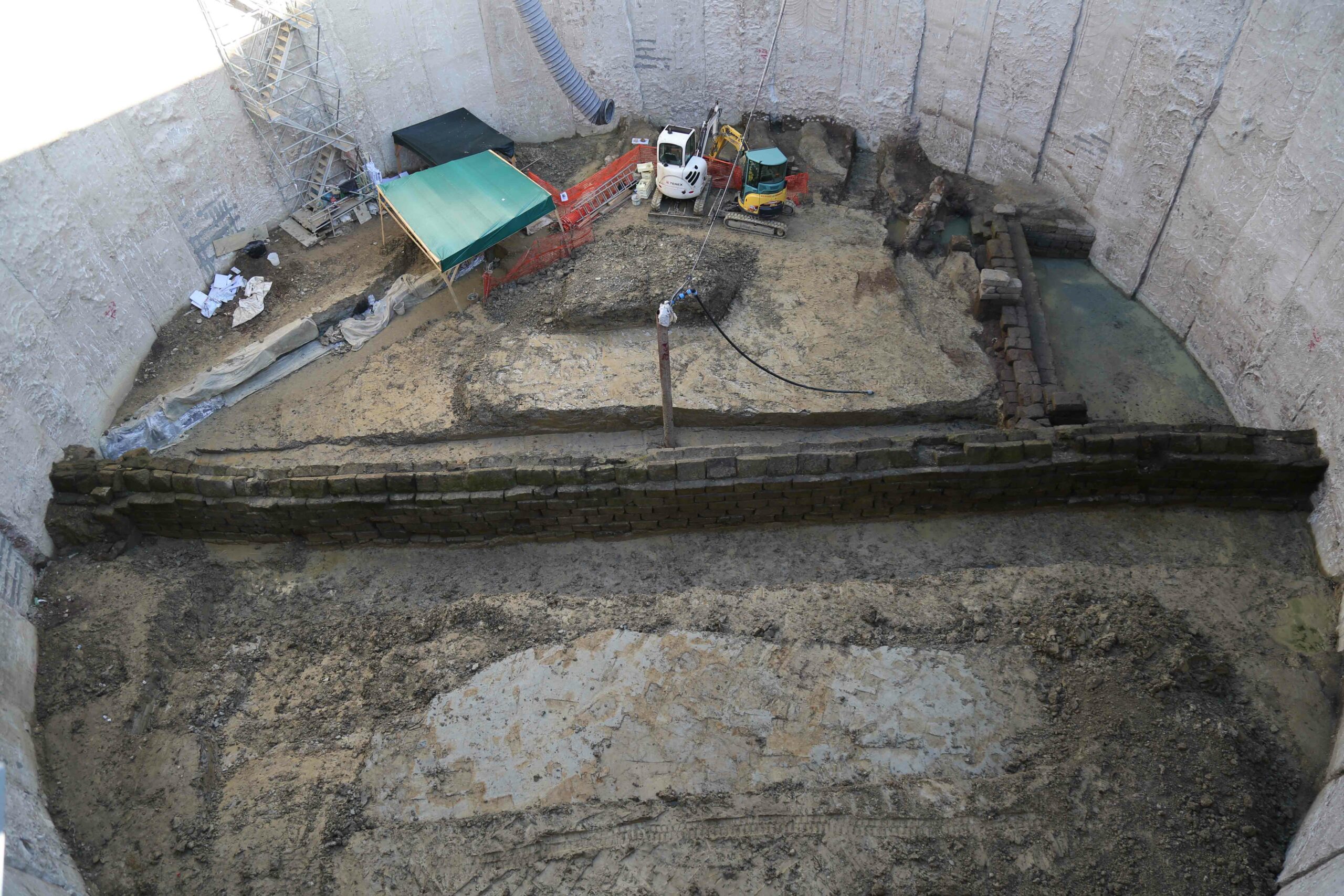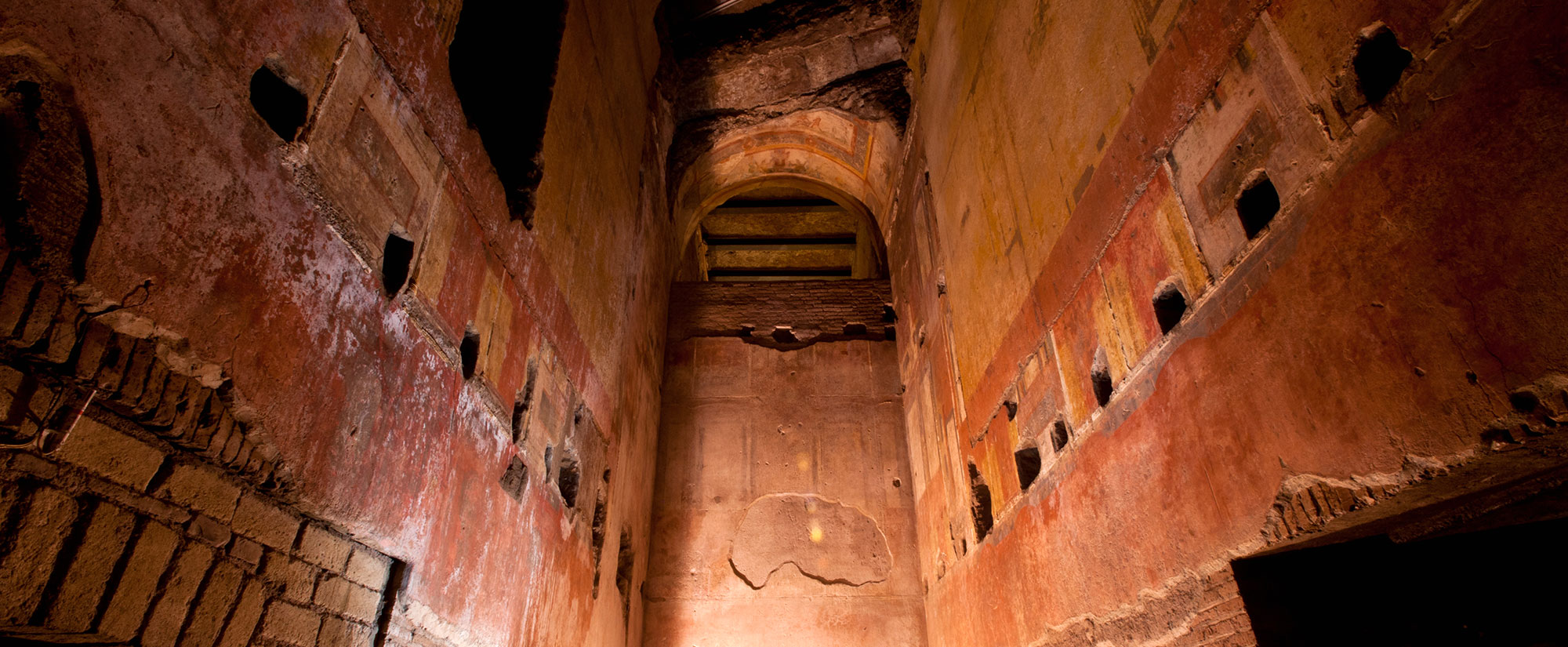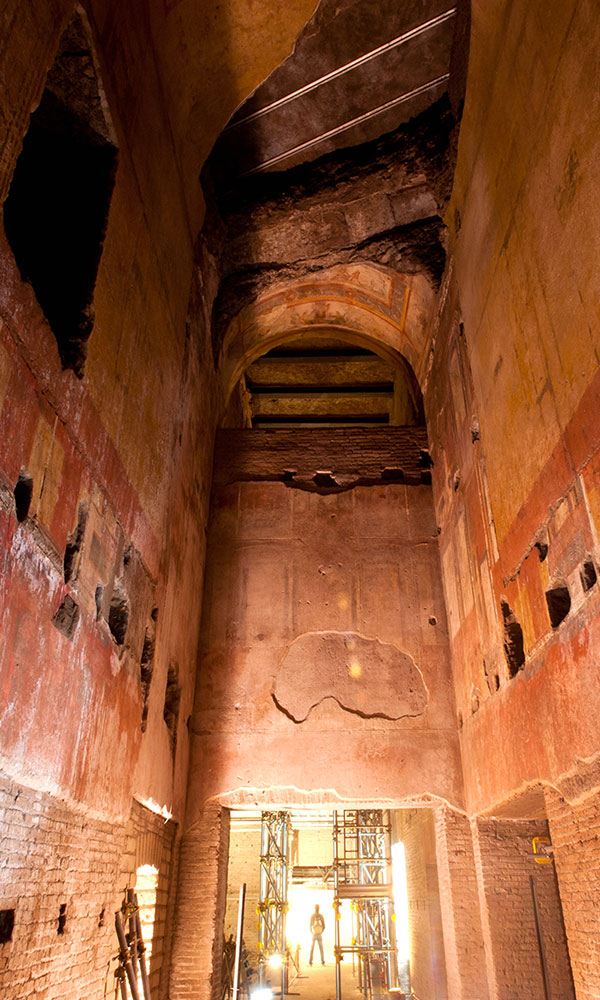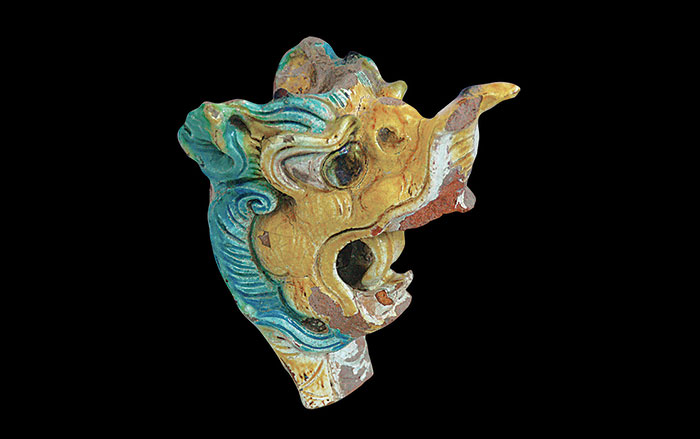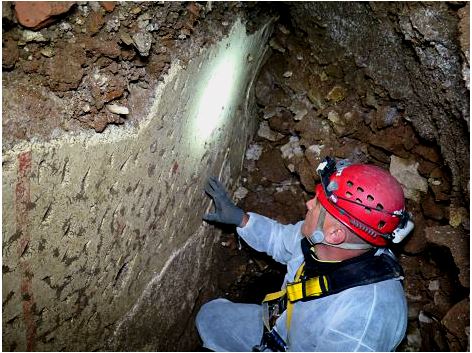
ROME, ITALY—Workers installing a gas pipeline in Via Alfonso Lamora in central Rome at first thought they had opened up a sinkhole, but they had really discovered a 2,000-year-old room. The room, plastered and decorated with frescoes, had been part of a home located in an area known as the Horti Lamiani, or Lamian Gardens, according to The Local, Italy. The gardens eventually became imperial property and over the years the area has yielded numerous sculptures, frescoes, and other artifacts now housed in the city’s museums. “Finding a room under the street is rare,” said archaeologist Mirella Serlorenzi. “We do get archaeological finds from between 60 and 50 percent of all roadworks though.” To read about Rome's aqueduct system, go to "How Much Water Reached Rome?"


